After arriving in China in 1582, the Italian Jesuit priest Matteo Ricci drafted many world maps in Chinese version, among which Kunyu Wanguo Quantu by woodblock printing made in Beijing in 1602 was the most famous one. Several original copies were collected in Japan and Europe. In 2009, American James Ford Bell Trust acquired a complete Kunyu Wanguo Quantu from a Japanese private collector, which is now treasured in James Ford Bell Library of the University of Minnesota in America and is known to be the only original copy of the 1602 Ricci map in America. On Kunyu Wanguo Quantu collected in the Kyoto University of Japan, the last character of the first three lines “Nan”, “Yi”, “Zhi” of Ricci’s introduction in the first screen are skipped, while on the copy in Minnesota the three characters are not absent. Kunyu Wanguo Quantu (Matteo Ricci) fully illustrates the western information of 'the Sphericity of the Earth' and new knowledge of world geography, exerting an important influence on China, Japan and Korea. On Ricci’s map, America is located on the right, on the left lies Europe and Africa, and China is situated on the central left of the Northern Hemisphere. Such general layout is still used today. Many Chinese translations of world geographical names by Ricci have been fixed Chinese vocabulary.
It is copied from the Library of Congress Map Division, the library has the copy from James Ford Bell Foundation in 2010.
Reference:
[1]. 黃時鑒, 龔纓晏. (2006). 利瑪竇世界地圖研究. 上海 : 上海古籍出版社.
[2]. 高田時雄. (2012). 俄藏利瑪竇《世界地圖》劄記. In 北京大學中國古代史研究中心編, 輿地、考古與史學新說. 北京 : 中華書局.
[3]. University of Minnesota Libraries. (2014). Matteo Ricci, Li Zhizao, and Zhang Wentao: World Map of 1602. Retrieved 30 July 2014, from https://www.lib.umn.edu/bell/riccimap
Informações relevantes
Data de atualização: 2020/09/09


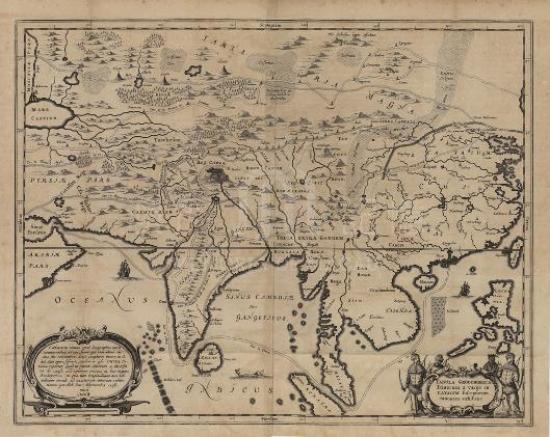
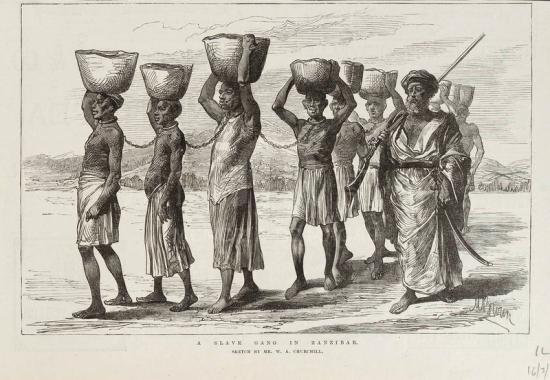



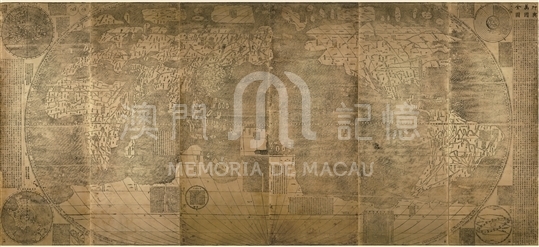
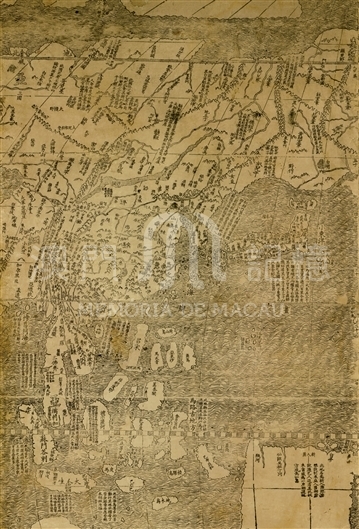
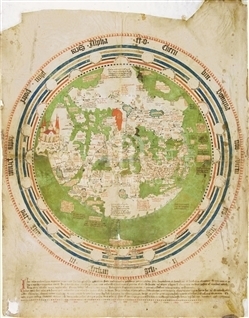
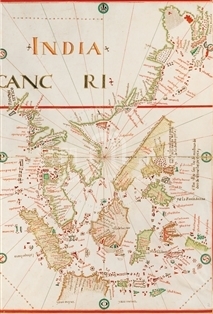
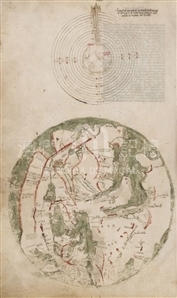
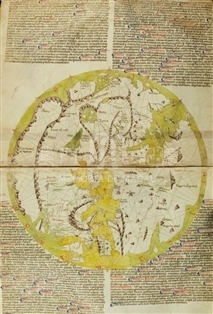
Comentários
Comentários (0 participação(ões), 0 comentário(s)): agradecemos que partilhasse os seus materiais e histórias (dentro de 150 palavras).